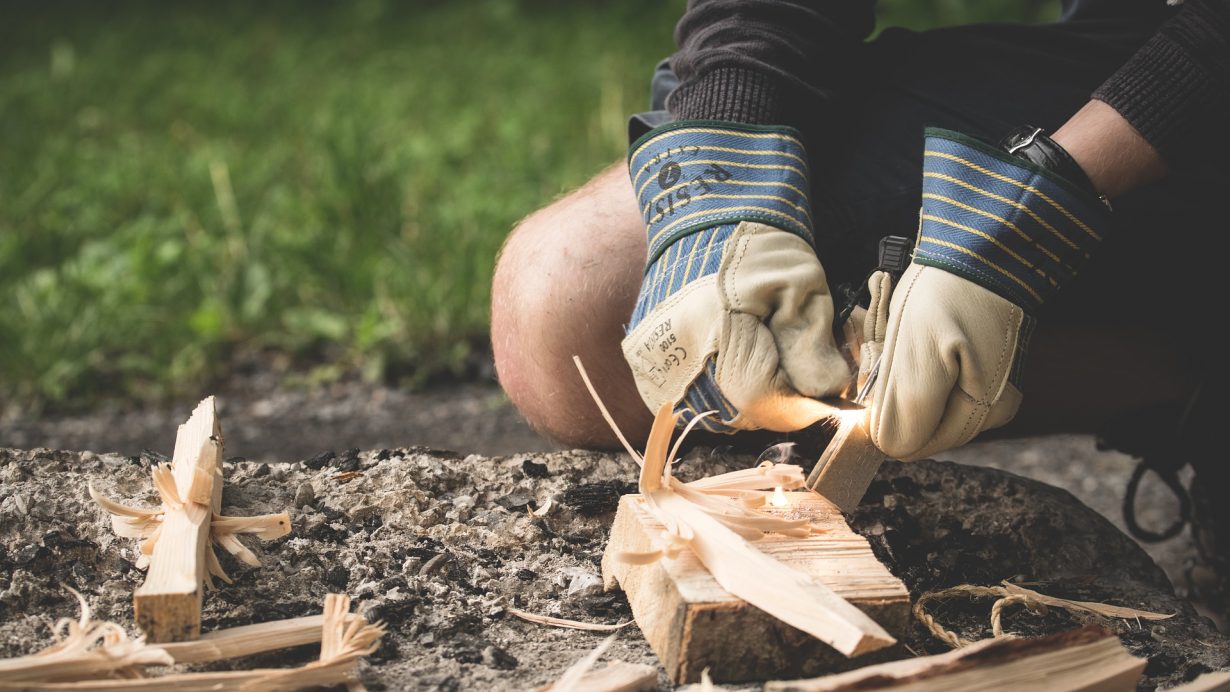Society often overlooks the value of wilderness training and survival skills. We live among urban sprawls and in suburban epicenters – but there is still plenty of raw, untamed natural world left to explore. Knowing a few basics of wilderness prep and survival is a good idea no matter where you live or what activities you participate in. And there’s no better time to acquire these skills than when you are young.
By teaching children the basics, you are instilling life-long knowledge that could one day save their lives or the lives of others. Some of the most important “survival” techniques you should introduce kids to can be presented in such a way that it’s not intimidating, but rather engaging and fun.
At Nature Watch, we believe that grasping important skills through activities, crafts, books, and projects don’t just provide central learning, but offer appreciation and enjoyment for the subjects being explored. Check out some of our favorite wilderness survival and outdoor living skills’ products:
Top Outdoor Living & Wilderness Survival Skills Products for Children
1 – First Aid
Knowing basic first aid can be a benefit anywhere, not just in the wilderness. Spend some time exploring the contents of a typical first aid kit and showing the child how to use the various items inside. Kids should understand the basics of disinfecting a wound, and how to bandage it correctly to protect it afterward. This, alone, could easily save lives.
2 – Plotting a Course
Smartphones with directional mapping are wonderful – if you can get a signal before your batteries go dead. Knowing basic map skills and how to read a compass can be the difference between getting to where you want to be, and getting lost. And if you’re in the dark, let the sky be your guide by learning how to read the stars. A Stargazer can help you navigate like the ancient ancestors before the invention of Google Maps.
3 – Identifying Water Sources
In a survival situation, finding water is much more important than finding food. A healthy person can potentially go more than a week without food, but dehydration can kill within a couple of days. Talk about how water flows downhill, and how streams usually contribute to larger rivers. Should a child ever become lost in the wilderness, finding water will be a top priority.
4 – Building a Fire
Starting a fire isn’t easy, and it’s not for young children, but it will save lives in a survival situation. A fire can purify water, cook food, create a signal for would-be rescuers, and more. Showing a child how to combine kindling, tinder, and wood to build a fire gives them a skill that could always be useful.
Nature Watch’s Outdoor Education Fosters Outdoor Enthusiasts
Nature Watch encourages children of all ages to get in touch with their natural surroundings! With activities that foster a love of the outdoors and environmental sciences that can be initiated indoors and out, educators trust Nature Watch to provide the most engaging crafts and accessories to make learning fun. Click here to see our full range of nature education materials, books, and other teaching tools.






